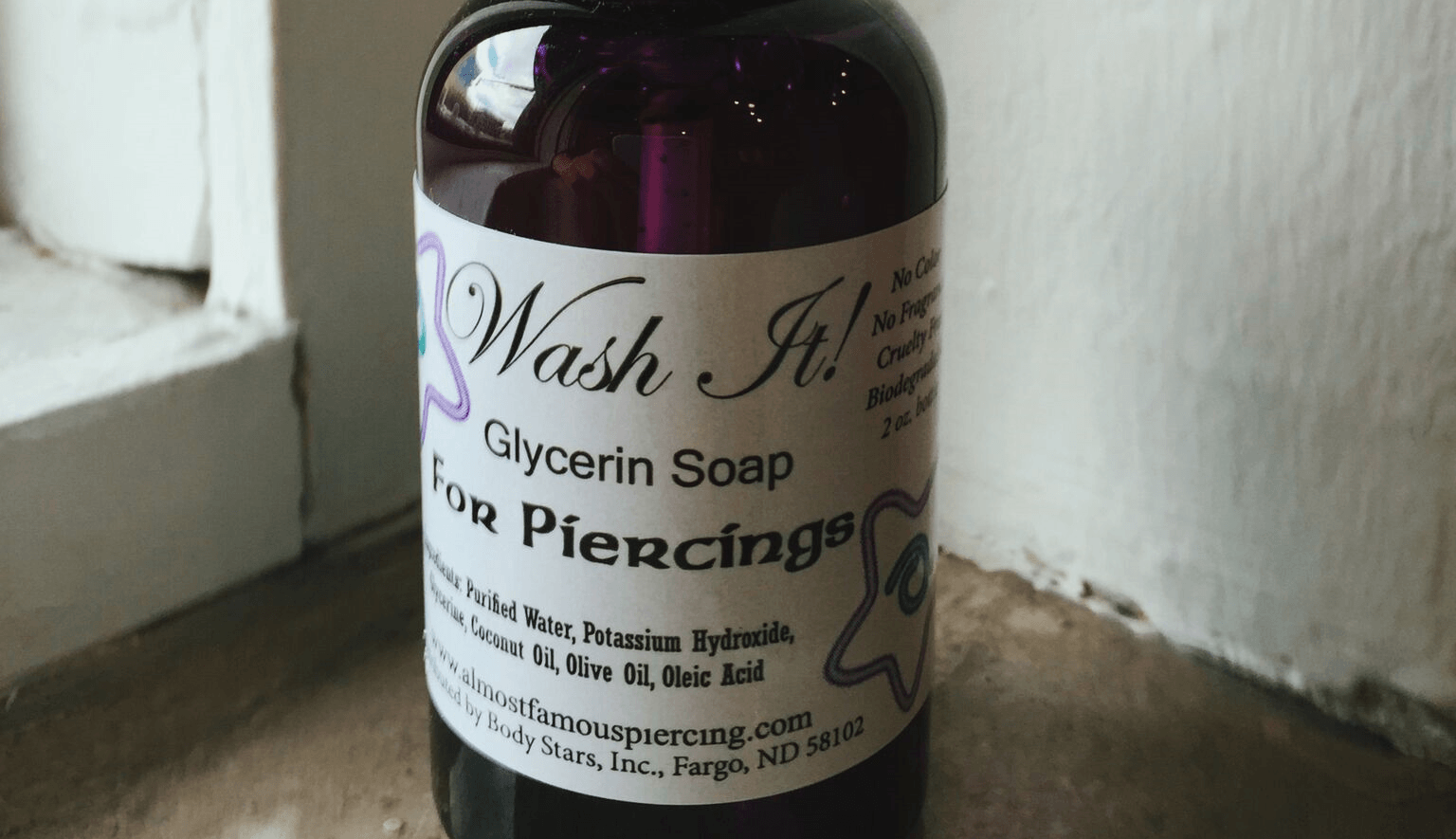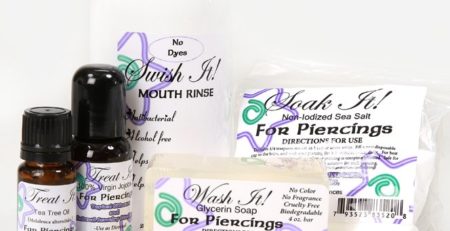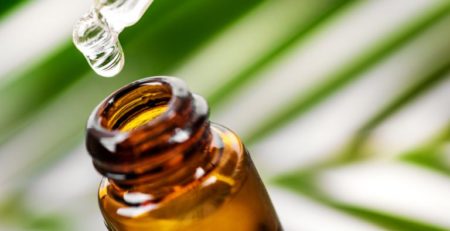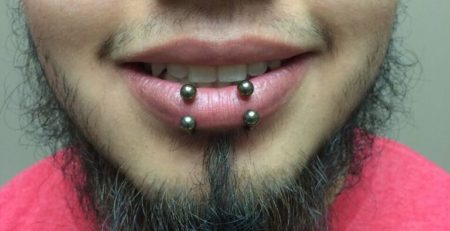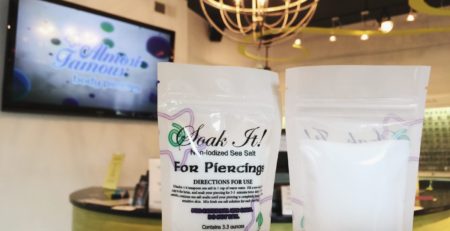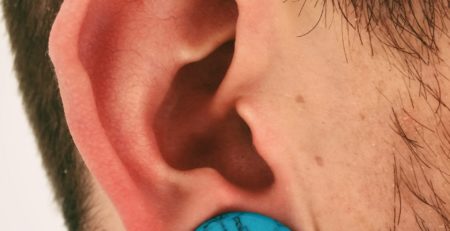Stages of Healing After a Body Piercing
One of the first questions that almost every customer asks after getting pierced is “When can I change the jewelry?!” With all of the jewelry options available, it’s no wonder that’s the first thing on your mind. However, giving your piercing ample time to heal is incredibly important and here we’ll explain why.
One word we like to use with customers to help understand the importance of healing is “wound.” Which is exactly what a piercing is. A piercing is a puncture wound that requires aftercare and time to heal in order to accept the piercing. The healing begins almost immediately after you receive your new piercing and can take six months to one year or longer to complete.
Piercings, just like any other wound, heal in four stages:
First Stage of Healing – Hemostasis
The sole objective of the first phase of healing is to stop blood loss. Have you ever wondered how your piercing stops bleeding? It’s because of hemostasis. Once your piercing is done and the jewelry inserted, your piercer will set down their instruments and hold pressure on your new piercing with cotton swabs. This will be done in 20 to 30 second increments and helps with clotting. This is just taking care of the minor, surface bleeding you can see. Meanwhile, inside the wound, red blood cells and platelets are working to halt the bleeding you can’t see. Collagen fibers in the walls of the vessels activate platelets in the blood to help form a barrier or a plug to prevent more bleeding and to stop any pathogens from getting into the wound. This forms a scab which can look like dried blood around your piercing.
Second Stage of Healing – Inflammatory Phase
Stage two is also known as the defensive stage. The focus in phase two of healing is to destroy bacteria and remove any debris left in the wound. In this stage, neutrophils, which are a type of white blood cell, enter the wound area, and start cleaning it out. They remove any debris and nonessential bacteria that could irritate or cause infection. This helps prepare the area for new tissue growth. Once some of that is done, macrophages move on in and finish the process of clearing debris, such as dead or damaged cells. Macrophages also secrete growth factors and proteins that attract cells from your immune system to assist in tissue repair. The dermis and epidermis also work together and contract to close the wound while fibroblasts help create connective tissue to close the wound. During the inflammatory phase of healing, the permeability of the vessels increases, permitting fluid to accumulate in the tissue around the wound. This is when you may start to experience the signs of healing such as redness, soreness, drainage that is clear/white-ish in color, and swelling.
Third Stage of Healing – Proliferative Phase
In the third stage of healing, granulation tissue starts forming. Fibroblasts make their way to the wound and begin contracting and in return, pulling the outside edges of the wound toward the center. This is the number one reason you don’t want to change your jewelry early. Even though there may be phases where it feels like the wound is healed enough, chances are it is not yet. This is because the outside edges of the piercing are healing first and slowly healing towards the center. Taking out and reinserting jewelry can damage this delicate tissue and start the healing process over again.
Fourth Stage of Healing – Maturation
This last stage is also known as the remodeling stage. It is when the wound does a lot of changing and maturing. It fully closes and the cells that were used to help heal or repair the wound are no longer needed and are removed or die. This last phase can last anywhere from six months to two years.
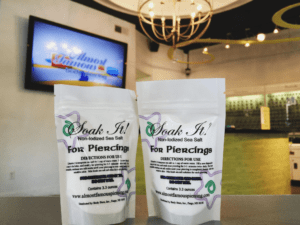 The important thing to remember is that everyone heals differently. There are a lot of factors to consider like how well you take care of your piercing, your overall health and lifestyle, and also the quality of circulation in the area you’re choosing to get pierced. A lip piercing or any other piercing done in a mucous membrane, for example, often times heals a lot quicker than any cartilage piercing. You can help the process along by doing a consistent after regimen. Sea salt soaks help flush out the wound and get it to drain. Glycerin soap washes remove any resides from the surface of the piercing and jewelry before they can get inside and cause irritation.
The important thing to remember is that everyone heals differently. There are a lot of factors to consider like how well you take care of your piercing, your overall health and lifestyle, and also the quality of circulation in the area you’re choosing to get pierced. A lip piercing or any other piercing done in a mucous membrane, for example, often times heals a lot quicker than any cartilage piercing. You can help the process along by doing a consistent after regimen. Sea salt soaks help flush out the wound and get it to drain. Glycerin soap washes remove any resides from the surface of the piercing and jewelry before they can get inside and cause irritation.
Your body healing a piercing is a miraculous process. It’s best to understand how that process works so that you can have a piercing that looks beautiful and lasts.


